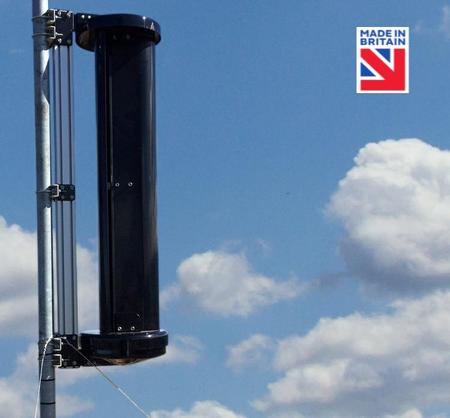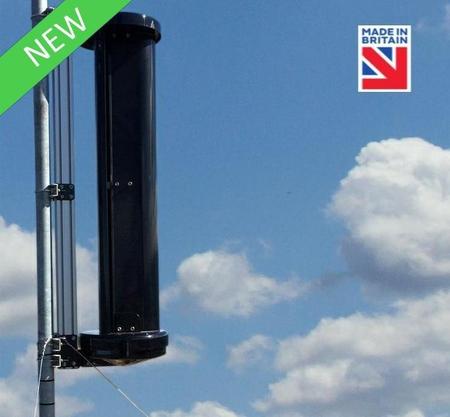Blog
How to Maximize Energy Efficiency with Small Wind Turbines
In the quest for sustainable energy solutions, small wind turbines have emerged as a viable option for homeowners and businesses aiming to reduce their carbon footprint and energy costs. According to the Global Wind Energy Council (GWEC), the market for small wind turbines, defined as those with power ratings up to 100 kW, is growing steadily, with an annual increase of approximately 10% over the past few years.
This growth is attributed to advancements in technology that enhance efficiency and lower installation costs. Furthermore, a report by the U.S. Department of Energy (DOE) highlights that small wind turbines can generate significant amounts of energy—enough to power several households—while being less intrusive and more adaptable to various environments compared to their larger counterparts.
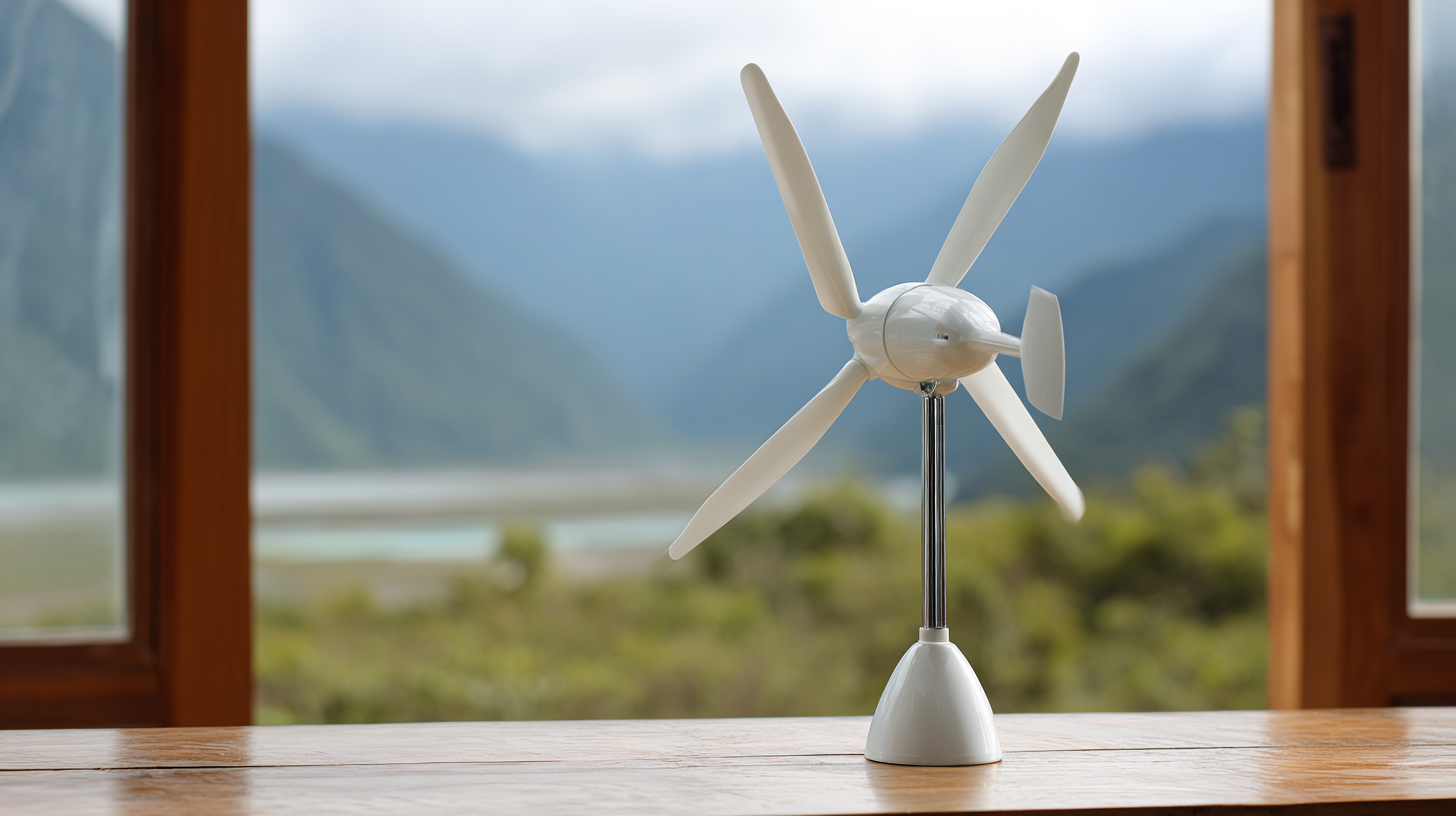
This article will explore actionable strategies to maximize the energy efficiency of small wind turbines, enabling users to harness their full potential for sustainable energy production.
Understanding the Basics of Small Wind Turbines and Their Benefits
Small wind turbines are an increasingly viable option for homeowners and businesses looking to enhance their energy efficiency. These systems harness wind energy to generate electricity, providing a renewable source that can significantly reduce reliance on fossil fuels. Typically ranging from 400 watts to 100 kilowatts in capacity, small wind turbines can be installed on properties with sufficient wind resources, making them suitable for various locations. Understanding their mechanics and potential can empower users to make informed decisions.
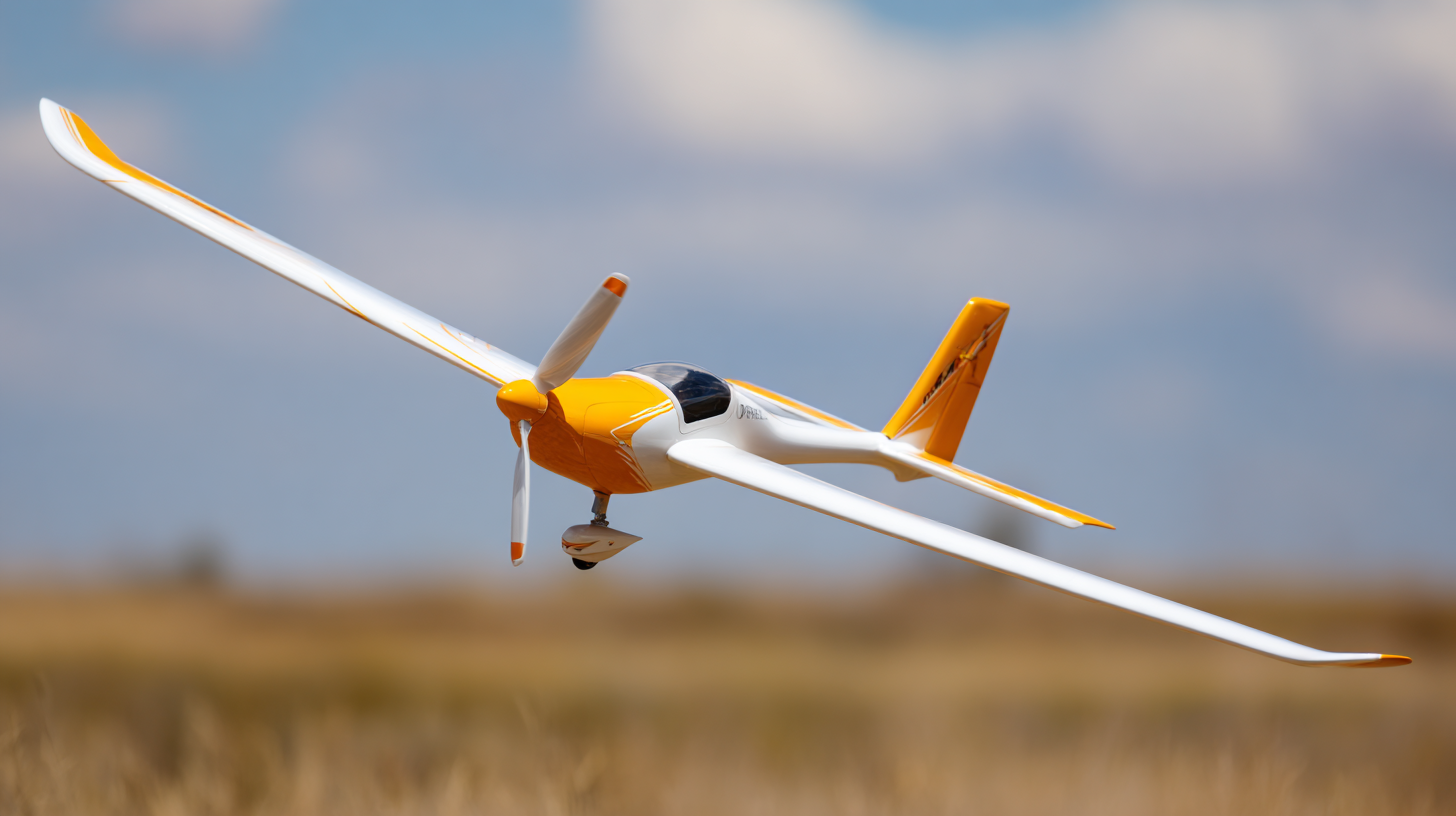
The benefits of small wind turbines extend beyond merely generating electricity. They can lower energy bills, provide energy independence, and even increase property values. Additionally, by producing clean energy, users contribute to a reduction in greenhouse gas emissions, promoting a sustainable environment. With advancements in technology, small wind turbines have become more efficient and cost-effective, making them an attractive investment for those committed to sustainable living.
As awareness of renewable energy options grows, small wind turbines present a practical solution for maximizing energy efficiency while positively impacting the planet.
Evaluating Your Location for Optimal Wind Energy Generation
When considering the installation of small wind turbines, evaluating your location is crucial for optimizing wind energy generation. Factors such as wind speed, terrain, and proximity to existing infrastructure significantly influence energy output. Utilizing Geographic Information Systems (GIS) can be an effective method for mapping wind resources, as demonstrated in recent studies around the globe. For example, research in Evodoula, Cameroon, highlights the importance of wind resource mapping in identifying suitable sites for potential wind power generation, while other analyses in Iran focus on site selection processes that integrate multiple criteria decision-making techniques.
Additionally, local climate conditions and topography should not be overlooked, as they can alter wind patterns and affect turbine performance. Evaluating dynamic load models and considering the integration of photovoltaic systems can further enhance energy efficiency in distribution networks. By prioritizing optimal locations based on a combination of technical, economic, and environmental factors, stakeholders can better harness the potential of small wind turbines, ensuring sustainable and efficient power generation that aligns with the growing demand for renewable energy sources.
Energy Efficiency Evaluation for Small Wind Turbines in Different Locations
Integrating Small Wind Turbines with Existing Energy Systems
Integrating small wind turbines with existing energy systems offers a sustainable approach to enhancing overall energy efficiency. By carefully assessing the local wind patterns and existing infrastructure, homeowners and businesses can strategically install small turbines to complement their current energy sources. This integration not only reduces reliance on nonrenewable energy but also helps in stabilizing energy costs over the long term. For instance, a small turbine can generate electricity during peak wind periods, allowing users to offset their grid consumption, especially during high-demand times.
To ensure seamless integration, it is essential to consider the compatibility of small wind turbines with existing power systems. Advanced energy management systems can facilitate effective monitoring and control, optimizing the performance of both wind energy and traditional energy sources. In addition, coupling small turbines with battery storage systems allows for the capture of excess energy produced during windy conditions, which can then be utilized during low-wind periods. This holistic approach not only maximizes energy efficiency but also fosters greater energy resilience and sustainability.
How to Maximize Energy Efficiency with Small Wind Turbines - Integrating Small Wind Turbines with Existing Energy Systems
| Dimension | Value | Units |
|---|---|---|
| Rated Power Output | 1.5 | kW |
| Rotor Diameter | 1.2 | meters |
| Annual Energy Production | 2,000 | kWh |
| Grid Stability Contribution | 5 | % |
| Cost of Installation | 3,000 | USD |
| Payback Period | 6 | years |
Maintaining Your Small Wind Turbine for Longevity and Efficiency
Maintaining your small wind turbine is crucial for ensuring both longevity and efficiency. Research has shown that regular maintenance can increase a turbine's lifespan by up to 25%. Inspecting components such as the rotor blades, gearboxes, and electrical systems at least twice a year can help identify wear and tear before they lead to expensive repairs. According to the National Renewable Energy Laboratory, preventative maintenance practices are essential not only for performance but also for maximizing energy output, which could mean a 30% increase in energy efficiency over time.
In addition to regular inspections, keeping the turbine clean and free from debris is vital. Accumulated dirt on rotor blades can impede performance by reducing aerodynamic efficiency. An industry report from the American Wind Energy Association highlights that small wind turbines can achieve optimal performance when cleaned regularly, contributing to an energy generation efficiency boost. Utilizing monitoring systems that provide real-time data on performance can also aid in identifying issues early, ensuring that small wind turbines operate at peak efficiency for years to come.
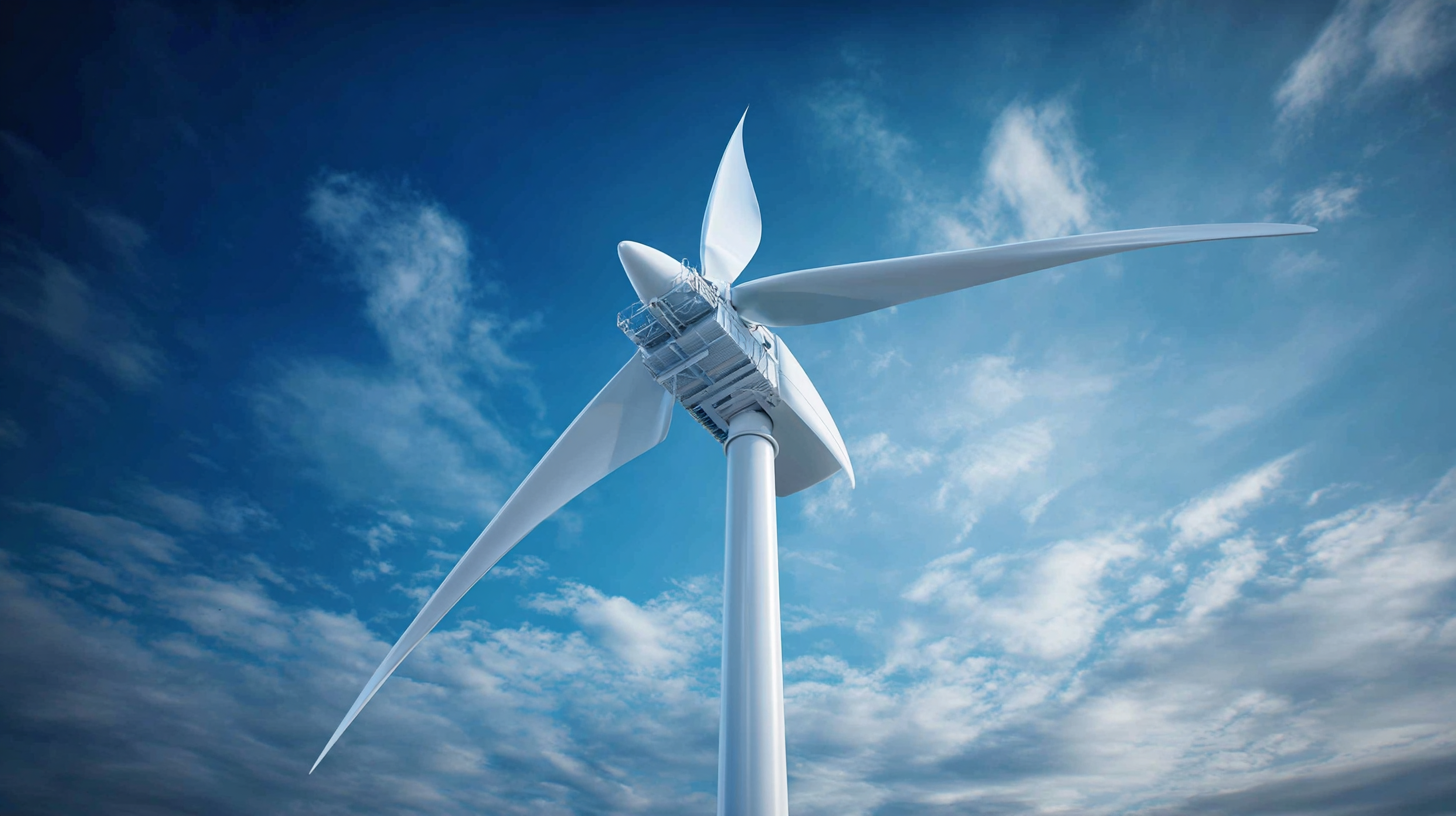
Incentives and Financing Options for Small Wind Turbine Installation
When considering the installation of small wind turbines, understanding the various incentives and financing options available can significantly enhance the feasibility of such projects. Many governments offer tax credits, rebates, and grants to encourage the adoption of renewable energy. For instance, the federal investment tax credit allows homeowners and businesses to deduct a percentage of the installation costs from their federal taxes, thus reducing the upfront financial burden. Additionally, state-specific programs may provide further incentives, such as property tax exemptions or performance-based incentives, which can make wind turbine installation more economically attractive.
Financing options also play a crucial role in maximizing energy efficiency through small wind turbines. Many financial institutions now offer loans specifically tailored for renewable energy projects, often with favorable interest rates and repayment terms. Additionally, community-based financing models, such as crowdfunding or cooperative ownership, allow individuals to participate in wind energy projects without bearing the entire financial risk alone. By leveraging these incentives and financing options, potential users can significantly reduce their costs and enhance the efficiency of small wind turbine installations, making renewable energy a more accessible choice for many.
Related Posts
-

Global Wind Turbine Market Trends: A Comprehensive Analysis for 2025 and Beyond
-
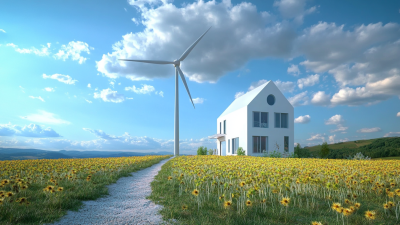
Unlocking Sustainable Living: The Future of Home Energy with Residential Wind Turbines
-
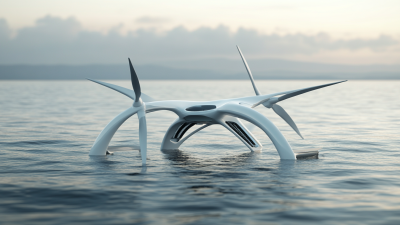
Comprehensive Technical Specifications of Wind Turbines with 2023 Insights on Efficiency Upgrades
-
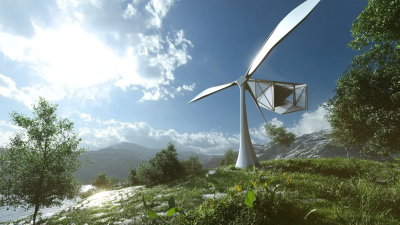
Revolutionize Energy: Explore the Benefits of DIY Wind Turbines for Sustainable Living
-
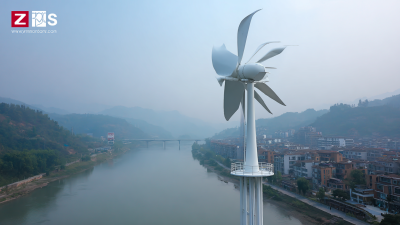
Unlocking Global Potential: China's Premier Vertical Wind Turbines Redefine Home Energy Solutions
-
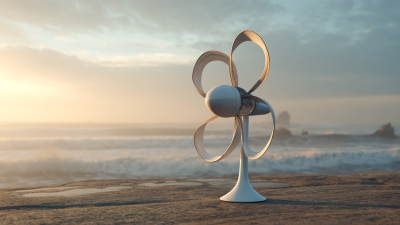
Innovative Solutions for Harnessing Wind Energy: The Best Personal Wind Turbine Options
Tell us about your project
Our Off-grid experts will come back with recommendations




